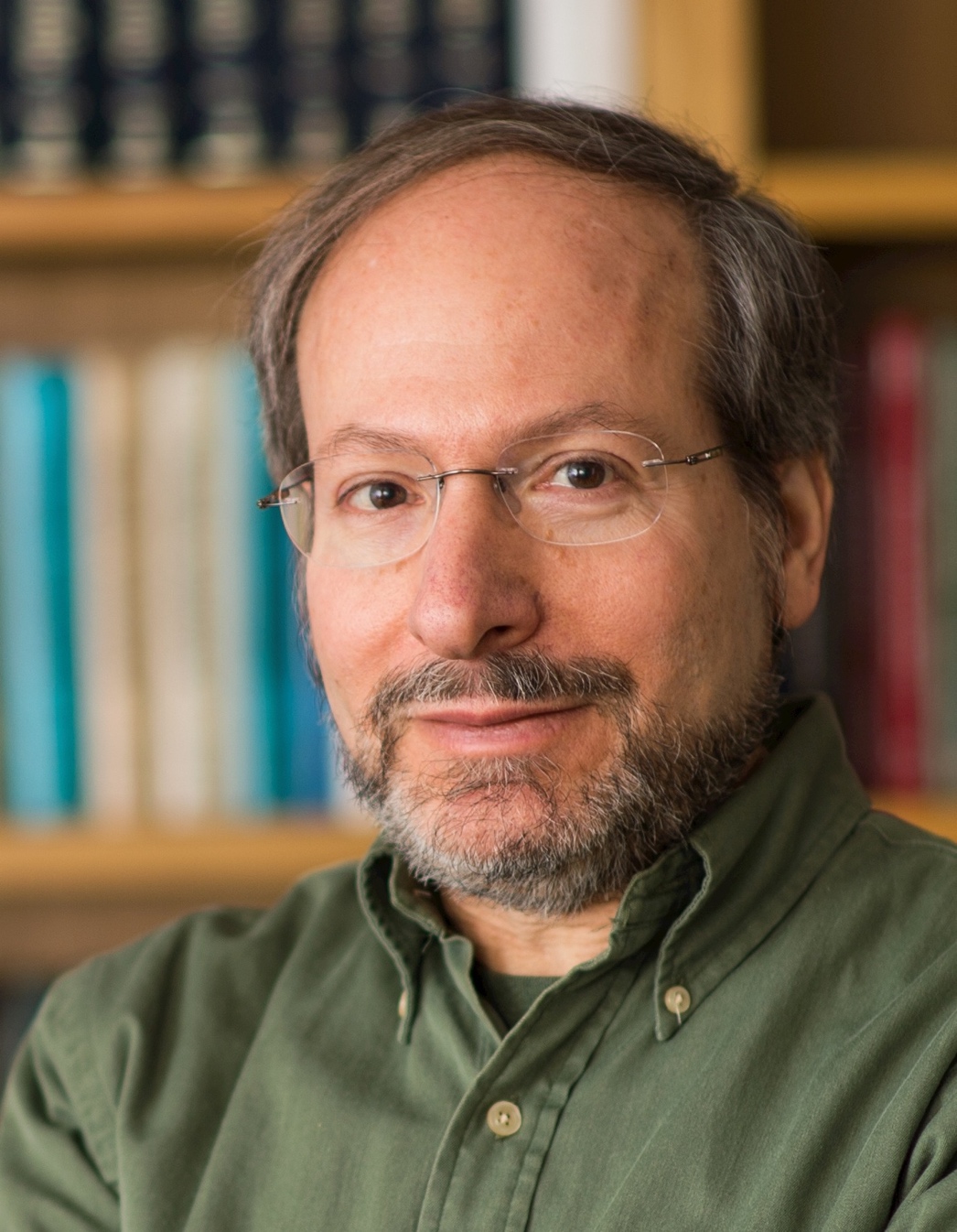Org. Synth. 2025, 102, 273-275
DOI: 10.15227/orgsyn.102.0273
Editorial
Announcing "OS Techniques" - A New Category of Articles in Organic Syntheses
Rick L. Danheiser*
The Board of Editors of Organic Syntheses is pleased to announce the launch of a new category of articles for the journal: "OS Techniques". In contrast to current Organic Syntheses articles that illustrate synthetically significant chemical reactions, the aim of OS Techniques articles is to illustrate important experimental techniques that are employed in the synthesis of organic compounds.
Historical Perspective
The original purpose of articles published in Organic Syntheses was to provide the research community with reliable procedures for the preparation of specific compounds of interest, including compounds that were no longer available from commercial sources due to exigencies associated with the First World War. Many of the articles published in Organic Syntheses continue to have this as their aim, and procedures for the preparation of important chiral ligands and catalysts, for example, comprise popular subjects for articles submitted to the journal. As time passed, however, the aim of more and more articles published in Organic Syntheses has been to provide a representative example of a general synthetic method, and in fact over 80% of the articles published during the past two years fall into this category. In this case, the aim of the article is to exemplify a general synthetic transformation by describing its application to a specific substrate, usually a commercially available compound. These articles thus provide readers with a validated and very detailed representative procedure that they can use as a model in applying the general synthetic transformation to a substrate involved in their own research.
OS Techniques
OS Techniques articles differ in that they focus on providing a representative example of the application of an important
experimental technique. For example, the inaugural OS Techniques article by Danheiser, Dong, et al.
1 provides two detailed and reliable protocols for carrying out what is perhaps the most important purification method used in synthetic organic chemistry: flash column chromatography. In this OS Techniques article, a test sample of 1 g of the monoterpene linalool is prepared containing 100 mg each of farnesol and linalyl acetate as contaminants. The mixture is then subjected to purification by flash column chromatography via two alternative protocols. Linalool is recovered in over 94-95% yield with 96-99% purity by using either isocratic elution (illustrated in Part A of the article) or by gradient elution (in Part B). The two protocols illustrate various other aspects of flash chromatography, such as alternative methods for applying the sample ("wet loading" vs. "dry-loading"), the use of different grades of silica gel, and different methods for packing the column. A detailed discussion section provides further guidance on planning a purification and on making decisions with regard to the various alternative techniques.
As is the case with all results published in Organic Syntheses, the results of the application of OS Techniques will be independently "checked" for reproducibility and verified in the laboratory of a member of the Organic Syntheses Board of Editors prior to publication. In the case of this initial OS Techniques article, the purity and yield (i.e., recovery) of linalool is reported and provides a benchmark for researchers and students to use as they practice and perfect their skill with this technique. The Board of Editors anticipates that these OS Techniques articles will thus prove to be a valuable resource not only for experienced researchers but also in the training and education of students of experimental synthetic organic chemistry.
A Call for Articles
Effective immediately, the Board of Editors is considering the submission of OS Techniques articles for checking and publication in Organic Syntheses. Guidance for Authors of OS Techniques articles is available under the "For Authors" tab on the orgsyn.org website. The style and format of OS Techniques articles is essentially the same as for articles describing chemical reactions, and the same requirements for experimental detail and proof of purity apply. Authors are required to submit a procedure checklist and a characterization checklist as well as NMR spectra files for all products.
Prospective authors are referred to the inaugural OS Techniques article
1 as an example of the style and format of this new category of
Organic Syntheses articles. An essential feature of all
Organic Syntheses articles is that the reactions and techniques must be illustrated with examples involving specific compounds and that all reactants must be commercially available at a cost of less than $500 per run.
The Board of Editors welcomes submissions on any experimental technique with utility in the synthesis of organic compounds. As an option, authors may gauge the interest of the Board by initially submitting a proposal
http://www.orgsyn.org/instructionspa.aspx that describes the technique they propose to illustrate and the substrate(s) they propose to employ in the demonstration of the experimental procedures. We anticipate that there will be interest from the community in articles on the most basic techniques (preparative thin layer chromatography, recrystallization, sublimation, etc.) as well as more advanced techniques.
Prospective authors are invited to contact Rick Danheiser (Editor in Chief) and Rich Taylor (Associate Editor) with any questions that are not answered in the Guidance and Instructions posted on the OrgSyn website.

|
Rick L. Danheiser received his undergraduate education at Columbia where he carried out research in the laboratory of Professor Gilbert Stork. He received his Ph.D. at Harvard in 1978 working under the direction of E. J. Corey on the total synthesis of gibberellic acid. Dr. Danheiser is the A. C. Cope Professor of Chemistry at MIT where his research focuses on the design and invention of new annulation and cycloaddition reactions, and their application in the total synthesis of biologically active compounds. Danheiser has been Editor-in-Chief of Organic Syntheses since 2004.
|
Copyright © 1921-, Organic Syntheses, Inc. All Rights Reserved